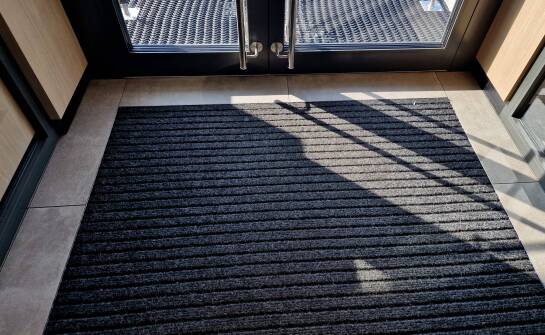Sponsored article
What materials can be welded with a heat sealer?

Heat sealers are machines that use a constant temperature to bond materials. They are simple to use and versatile, which makes them suitable for many industries, such as the packaging, electronics and automotive industries. These sealers allow for precise and durable bonding of a wide range of thermoplastic materials.
Thermoplastic and polymer films
Thermoplastic films such as polyethylene (PE), polypropylene (PP) and polyvinyl chloride (PVC) are among the most frequently welded materials. Their thermoplastic properties allow them to be effectively joined together under the influence of heat. Heat sealers are ideal for the production of film packaging, grocery bags and industrial sacks. Precise temperature control ensures high-quality and aesthetic welds. The heat sealers from Zemat Technology Group offer reliability and efficiency in such applications.
Blister and thermoformed packaging
Heat sealers are indispensable in the production of blister and thermoformed packaging, which are commonly used in the pharmaceutical, cosmetics and electronics industries. Materials such as PET, PVC or PS are first thermoformed and then heat sealed with cardboard or cover film to form tight and aesthetic packaging. Thanks to precise temperature and pressure control, the sealers can create durable joints even with thin films.
Technical fabrics and laminates
Heat sealers are also used to join polymer-coated technical textiles, such as materials used in the production of tarpaulins, tents or sun shades. Precise temperature and pressure control enables these sealers to create strong and airtight joints. It is also possible to effectively weld laminates, a combination of different layers of material, which is important in the production of multi-layer packaging.


